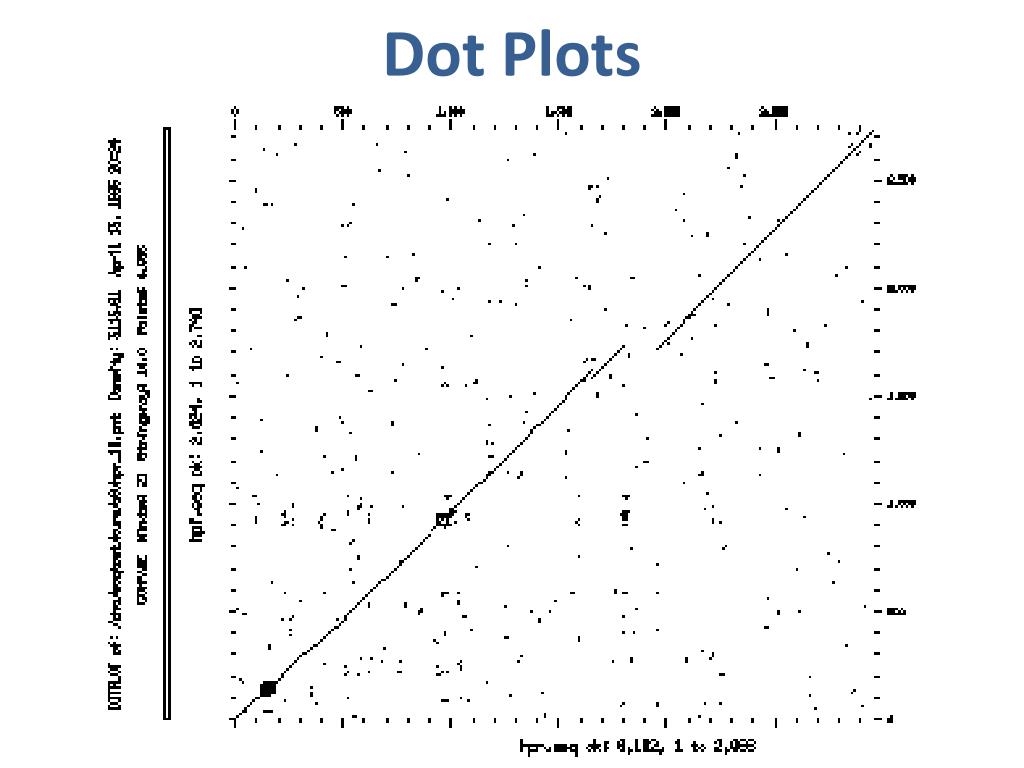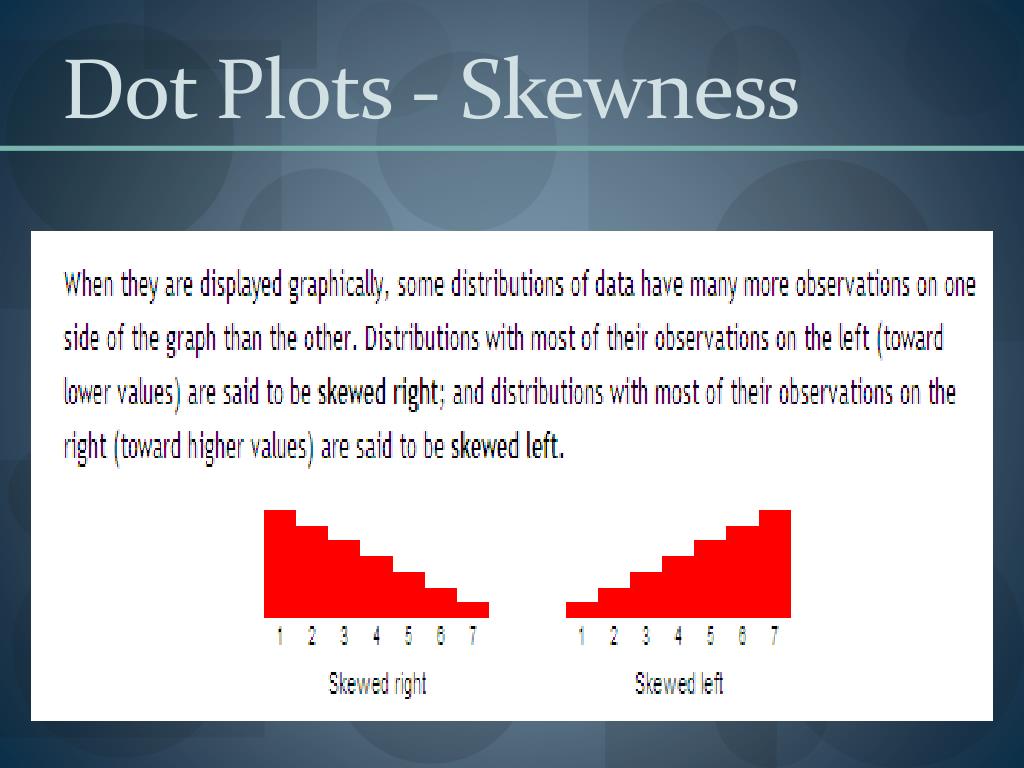

10-year-olds? What do we have? We have one 10-year-old, right over there.

Nine-year-olds, we have one, two, three, four nine-year-olds. Now, what about eight-year-olds? Eight-year-olds, I'm gonna use a color that I have not used yet. See, there's one, two, three, four seven-year-olds. How many sixes are there? Let's see, there is one six. The class are age five? How frequent is the number five? Let's see, there is one, two. Lowest age that we have here? Well, the lowest age is five. We could also consider the frequency at that age. Actually, I'll just write "number." I'm always a fan of the simpler. When people say, "Howįrequent do you do something?" They're saying, "How often does it happen? "How often do you do that thing?" Frequency. So we could say, the age is one column, and then the number, the number of students of that age. for each age, for each possible age that we've measured here, see how many students in Representing this data, and then see if we can answer And what I wanna explore in this video is different ways of Here is a list of ages of the students in a class. Discuss the center, spread and shape, if appropriate.ī. The results are displayed in the table below.Ī. Smith's class were surveyed as to the number of brothers and sisters in their families (not counting themselves). This dot plot can be described in terms of center, spread or shape. If the x-axis contains numbers (numerical categories), the graph is said to be a quantitative dot plot. Qualitative variables cannot be described in terms of center, spread, or shape. The dot plot shown above, is a qualitative dot plot, since A, E, I, O and U are not numerical values. If the x-axis contains letters or words (non-numerical categories), the graph is said to be a qualitative dot plot. May have categories or numbers on the x-axis.Column heights represent count (frequency).Quickly displays clusters/gaps of data and outliers.Used with relatively small sets of data and groups.


 0 kommentar(er)
0 kommentar(er)
